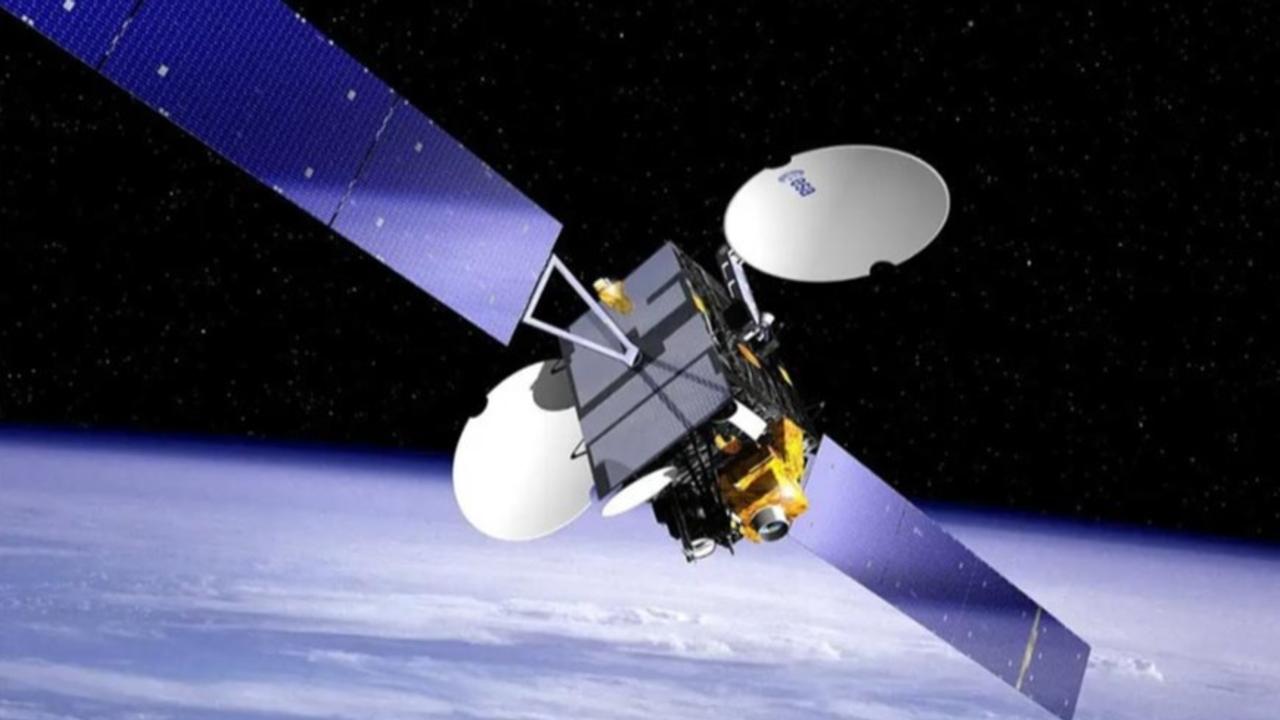Published 23:49 IST, January 28th 2025
ISRO's Historic 100th Mission: How the NVS-02 Satellite Strengthens India's GPS Alternative
NavIC, India’s independent regional navigation satellite system, is designed to provide accurate Position, Velocity, and Timing (PVT) services across India.
- Science News
- 2 min read

New Delhi, India: India's indigenous navigation system, Navigation with Indian Constellation (NavIC), continues to strengthen its capabilities with the introduction of second-generation satellites.
NavIC, India’s independent regional navigation satellite system, is designed to provide accurate Position, Velocity, and Timing (PVT) services across India and a region extending 1,500 km beyond its borders, ensuring strategic independence in satellite navigation.
NavIC offers two types of services:
1. Standard Positioning Service (SPS): Provides position accuracy of better than 20 meters and timing accuracy of better than 40 nanoseconds.
2. Restricted Service (RS): A highly secure service intended for authorized users.
To enhance service continuity and widen coverage, five second-generation satellites, known as the NVS series (NVS-01 to NVS-05), have been developed. These satellites incorporate additional features, including signals in the L1 band, improving NavIC’s overall capabilities.
Key Developments in the NVS Series
- NVS-01: The first of the new series was launched aboard GSLV-F12 on May 29, 2023. It marked a milestone by using an indigenous atomic clock for the first time, a critical component for precise timekeeping.
- NVS-02: The second satellite, configured with navigation payloads in the L1, L5, and S bands and a C-band ranging payload, features a mix of indigenous and procured atomic clocks for precision. It weighs 2,250 kg, has a power capacity of ~3 kW, and is set to replace IRNSS-1E at 111.75ºE.
NVS-02 Testing and Launch Readiness
NVS-02 underwent rigorous testing at the U R Rao Satellite Centre (URSC):
- Thermovac Testing (Nov-Dec 2024): Ensured the satellite's performance in simulated space conditions.
- Dynamic Testing (Dec 2024): Validated the satellite's ability to withstand launch conditions.
After a comprehensive Pre-shipment Review on December 27, 2024, the satellite was transported to SDSC-SHAR on January 5, 2025, for its upcoming launch scheduled in January 2025.
Updated 23:49 IST, January 28th 2025










